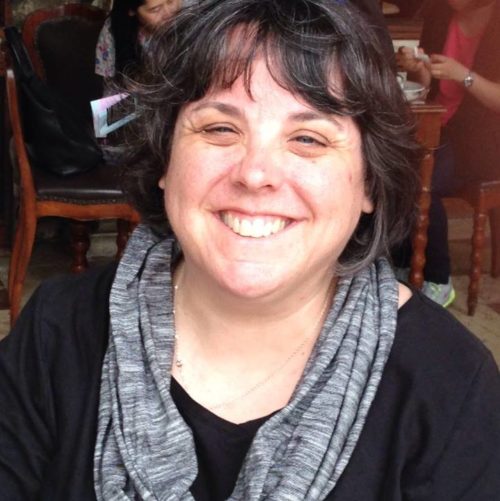A couple of weeks ago, it was my turn to be the storyteller for the elementary school age kids during Sunday School. Our theme for May was determination, and our text that day was Acts 3-4 when John and Peter, in the midst of proclaiming the gospel, heal a crippled man at the Beautiful Gate and then face the wrath (including a stint in prison) of the Sanhedrin. The point of the lesson, then, was supposed to be how the apostles kept going even as they faced opposition at every turn.
True enough. But ever since I broke my foot last summer and was unable to walk or drive for over three months, I’ve been especially attuned to the many times “lameness” is spoken of in the Bible. Turns out it’s all over hymns, too. But just like we rather blithely use other kinds of disability (blindness and deafness are two other big ones), our discussions of “lameness” too often reduce the lived experience of a person into an abstraction.[1]
So before we got to Peter and John and the Sanhedrin, the kids and I wondered together about the man at the Beautiful Gate. What would it have been like for him? What kind of determination had he needed to go there every day and to ask for money, particularly since he would have been unable to have any other kind of employment? What else would he have liked to do with his life? What was it like to sit there every day, to have to depend on friends and family to bring him anywhere he wanted to go.
We talked too about the fact that the text suggests that until John and Peter look at him, he isn’t accustomed to being really seen for himself—and not being dismissed as anything more than a beggar.
I shared what it had been like for me to not walk for only a short period of time compared to this man—and of all the adjustments I had had to make, of all the things that were hard (including getting around inside our very church building), of all the things I ended up not being able to do at all. But also about how extraordinarily happy I was the day I was told I could finally drive again.
“Walking and leaping and praising God,” indeed.
And, in fact, it is the man’s irrepressible joy as witnessed by all the folks around the Temple—the embodied miracle of his very life—that is the thing that demands an accounting.
This same joy came to mind this weekend as the Calvin College community watched Garret Bazany, paralyzed in a trampoline accident at 15, walk to receive his diploma at commencement. It had taken months of determined therapy for him to achieve that moment—and what a holy roar when up from the crowd as he rose from his wheelchair.
As Denise Levertov puts it in her poem “On the Belief in the Physical Resurrection of Jesus,” metaphor and sign, beautiful as they are, don’t work unless they are grounded in reality–and in a God who loves us, body and soul.
“On Belief in the Physical Resurrection of Jesus” by Denise Levertov
It is for all
‘literalists of the imagination,’
poets or not,
that miracle
is possible,
possible and essential.
Are some intricate minds
nourished
on concept,
as epiphytes flourish
high in the canopy?
Can they
subsist on the light,
on the half
of metaphor that’s not
grounded in dust, grit,
heavy
carnal clay?
Do signs contain and utter,
for them
all the reality
that they need? Resurrection, for them,
an internal power, but not
a matter of flesh?
For others,
of whom I am one,
miracles (ultimate need, bread
of life) are miracles just because
people so tuned
to the humdrum laws:
gravity, mortality-
can’t open
to symbol’s power
unless convinced of its ground,
its roots
in bone and blood.
We must feel
the pulse in the wound
to believe
that ‘with God
all things
are possible,’
taste
bread at Emmaus
that warm hands
broke and blessed.
[1] And let me be quick to acknowledge here the rich conversation and vast scholarship surrounding disability issues in the church. I don’t presume to speak from any kind of authority except that of a very short experience—and even that, I also want to be clear, has limited usefulness and I wouldn’t want to generalize.

